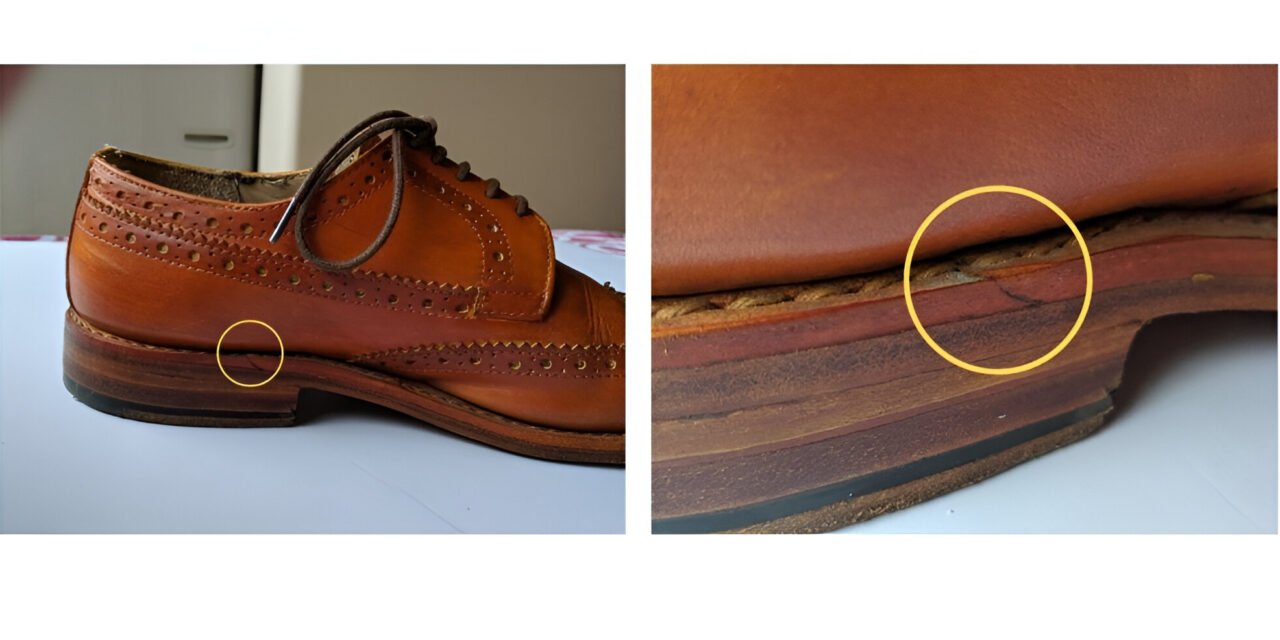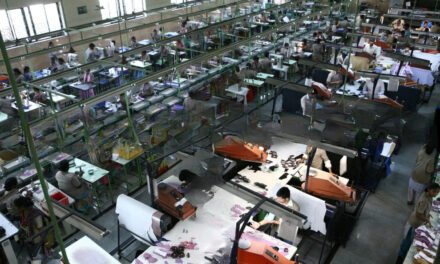Identifying high-quality leather in footwear requires careful observation of various characteristics that indicate the leather’s authenticity, craftsmanship, and durability. Here are the key signs of high-quality leather in footwear:
1. Type of Leather
- Full-Grain Leather:
- The highest quality, made from the outermost layer of the hide.
- Retains natural grain, showcasing imperfections like pores or scars.
- Highly durable, breathable, and develops a rich patina over time.
- Top-Grain Leather:
- Slightly lower quality than full-grain, with the surface sanded to remove imperfections.
- Softer and more pliable but less durable than full-grain leather.
- Genuine Leather:
- Lower quality, made from layers of leftover hide bonded together.
- Typically used for budget footwear and lacks the durability of full-grain or top-grain.
2. Texture and Grain
- Natural Grain:
- High-quality leather retains its natural texture with visible pores and patterns.
- Uniform grain suggests better quality but should still look natural rather than overly smooth or plastic-like.
- Softness and Flexibility:
- High-quality leather feels soft and supple but firm enough to maintain its shape.
- Poor-quality leather may feel overly stiff or overly thin and stretchy.
3. Smell
- Natural Leather Aroma:
- Authentic leather has a rich, earthy smell that’s hard to replicate.
- Synthetic or low-quality leather often smells like chemicals or plastic.
4. Durability
- Scratch and Resilience Test:
- Lightly scratch the surface; high-quality leather will recover quickly or show minimal marks that blend over time.
- Poor-quality leather may show permanent scratches.
- Flexibility:
- High-quality leather bends without cracking, even at stress points like the toe box.
5. Patina Development
- Aging Gracefully:
- Full-grain leather develops a beautiful patina over time, with a glossy, worn-in look that adds character.
- Low-quality leather deteriorates rather than improving with age.
6. Finish
- Matte or Subtle Sheen:
- High-quality leather has a natural matte or slight sheen that isn’t overly shiny.
- Excessive shine may indicate a synthetic coating, which can peel or crack over time.
- Uniform Dyeing:
- The color should be rich and evenly distributed, with no blotches or inconsistencies.
7. Thickness
- Balanced Thickness:
- High-quality leather is thicker and more robust while remaining flexible.
- Thin leather may lack durability and tear easily.
8. Stitching and Craftsmanship
- Neat and Precise Stitching:
- High-quality shoes have tight, even stitches with no loose threads or gaps.
- Handcrafted Elements:
- Hand-stitching or welted construction (e.g., Goodyear welt) is a hallmark of premium footwear.
- Durable Seams:
- Stitches and seams should be reinforced and lie flat against the shoe.
9. Construction Method
- Welted Construction:
- Goodyear welt or Blake stitching methods are common in high-quality leather shoes, allowing for resoling and increasing longevity.
- Avoid Glued Soles:
- High-quality shoes rarely rely solely on glue; they use stitching or a combination of methods for stronger bonds.
10. Moisture Resistance
- Water Beading:
- Quality leather should repel water to an extent and bead it on the surface.
- Low-quality leather absorbs water quickly, leading to stains and damage.
11. Edge Finishing
- Smooth Edges:
- High-quality leather shoes have neatly finished edges, often burnished or dyed for a polished look.
- Rough or unfinished edges are a sign of lower quality.
12. Branding and Origin
- Reputable Brands:
- Established brands often use higher-quality leather and better craftsmanship.
- Country of Origin:
- Leather from countries with a strong tanning heritage (e.g., Italy, France, England) is often superior due to traditional methods and high standards.
13. Price Point
- Reflective of Quality:
- While price doesn’t always guarantee quality, extremely cheap leather shoes are unlikely to be made from premium materials.
14. Maintenance Requirements
- Requires Care:
- High-quality leather needs conditioning and polishing to maintain its appearance and longevity.
- Low-maintenance shoes are often synthetic or coated leather.
Hashtags
#HighQualityLeather #PremiumFootwearMaterials #LeatherFootwearGuide #QualityLeatherShoes #LuxuryLeatherCraft #ShoeQualityTips #LeatherShoeStandards #FootwearMaterialInsights #IdentifyingQualityLeather #PremiumShoeGuide







